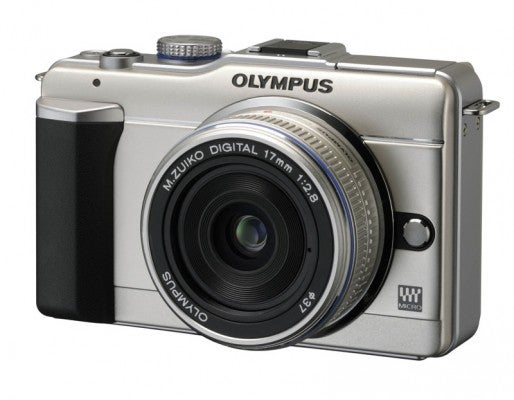Micro four thirds cameras explained. Are you wondering what micro four thirds cameras are? We explain all you need to know about this exciting new camera format
All you need to know about micro four thirds cameras
The Micro Four Thirds (MFT) system was invented by Olympus and Panasonic as a smaller alternative to their full-size Four-Thirds DSLR system but offering the same image quality, versatility and lens interchangeability.
Using the same sensors and processors as their Four-Thirds DSLR cousins, Micro four thirds cameras do without the focusing screen, mirror and prism assembly that provide the optical viewing system in a DSLR, and as a consequence are significantly more compact, and the lens-to-sensor distance reduced. This in turn enables the production of much smaller lenses.
The result is a true system camera that is the size of a large compact, but can be used with a variety of lenses and accessories, and produce DSLR quality images, as well as the ability to produce shallower depth of field than you can get with a compact. Users compose their pictures using the LCD screen only, or by attaching an optional clip on viewfinder.
Although only in their infancy, the system is predicted to become a major force in photography, offering as it does what many buyers see as the benefits of a DSLR in a compact-type package.
The target audience is both compact users wanting something more advanced but who don’t want the bulk of a DSLR, as well as DSLR owners wanting something smaller to carry around every day.





